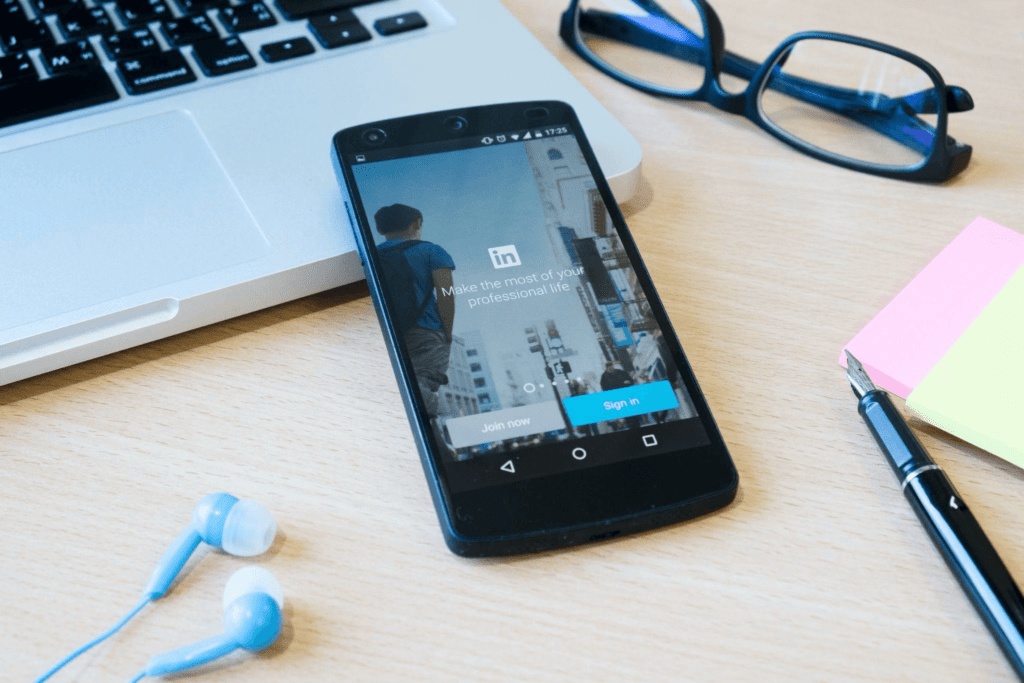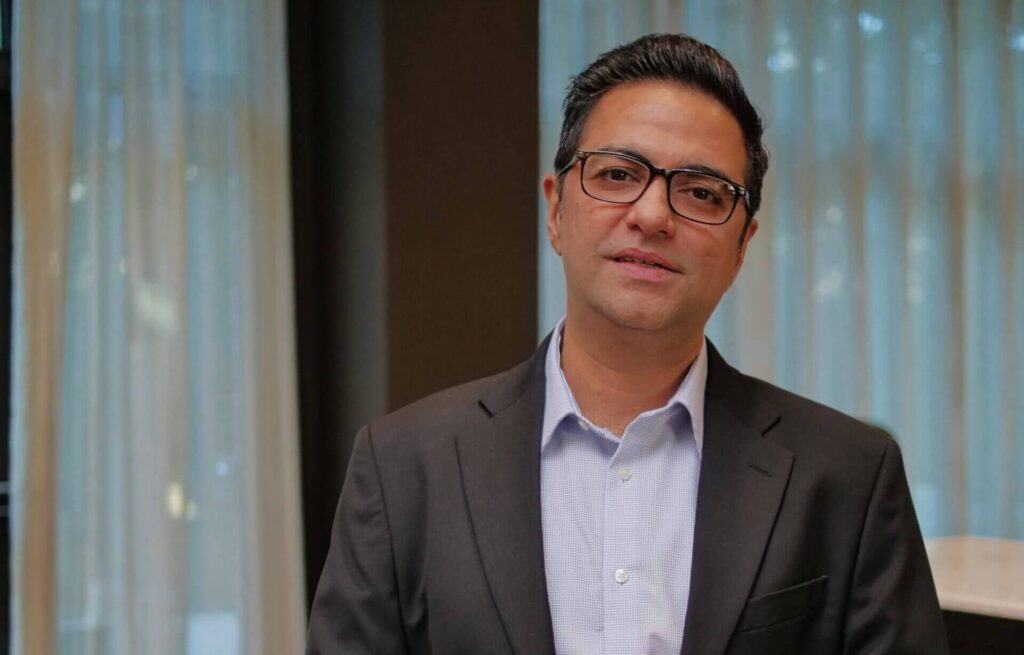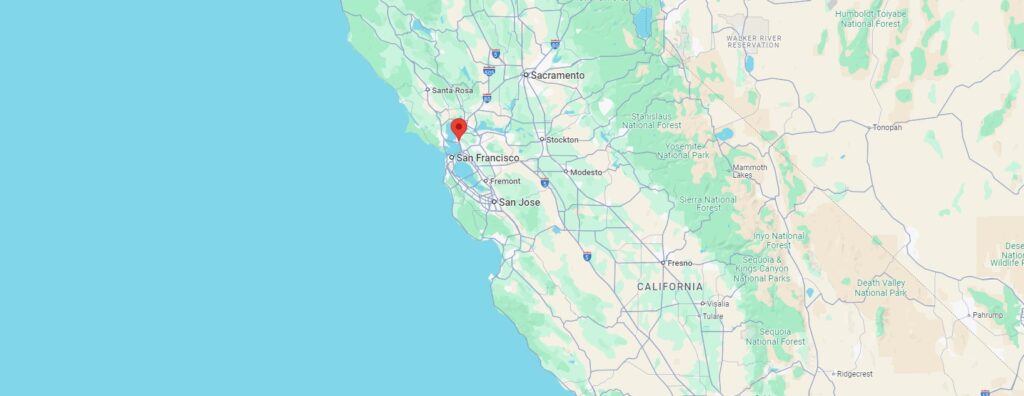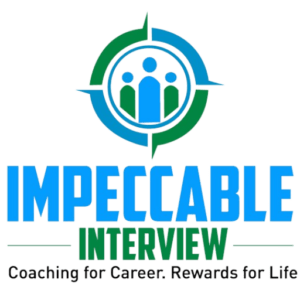In 2002, I was riding high on a wave of success at Intel. My days were filled with intricate designs, algorithms, and systems, where the hum of logic reigned supreme. I was a geek in every sense of the word—driven by an insatiable curiosity and a fervor for engineering that led me to earn division-level awards for my performance. I reveled in the world of ones and zeroes, building elegant solutions to complex problems, where every circuit told a story of innovation.
Yet, as I transitioned from the world of engineering to the bustling corridors of business, I began to sense a palpable gap in my skill set. In countless meetings, I stood before my colleagues and superiors, armed with technical know-how and detailed analyses, but something always felt off. My presentations, though laden with information, often failed to ignite the room. I knew I had to evolve; the stakes were higher than ever.
Fast forward to 2007, and my world was about to change. I had taken the plunge into the role of Product Manager at Microsoft, a position that demanded more than just technical expertise. This was the time I did extensive research, read several books, and went to conferences. I was looking for techniques that great storytellers apply. I had to observe how the speaker and the audience were forming a connection. A connection that would last for months and years beyond the day of the presentation. The amount of time I spent practicing was comparable to what Bill Gates and his execs were doing for the live product demos. I was on a mission to transform.
Now, I was not merely an engineer—I was a storyteller, tasked with presenting product strategies to some of the most senior executives in the company. The air was thick with anticipation, and I could feel the weight of their expectations pressing down on me.
The conference room was sleek, modern—its walls adorned with screens showcasing cutting-edge technology. I stood at the front, my heart racing as I glanced at the audience. Executives leaned back in their chairs, eyes fixed on me, waiting for the brilliance I promised in my proposal. I had a vision, a product plan that I believed could transform how users interacted with technology, but conveying that vision required more than bullet points and graphs.
In that moment, I realized I had to transcend the data-driven engineer I had always been. I needed to connect on a human level, to evoke emotions, and to stir excitement. I took a deep breath, silencing the logical side of my mind for just a moment. Instead of starting with statistics, I chose to begin with a story—a user’s journey, a glimpse into how our product could make a difference in their daily lives.
As I spoke, I watched their expressions shift. Curiosity replaced skepticism, and I could see the wheels turning in their minds. I wove in vivid imagery, painting a picture of the future I envisioned. I shared anecdotes, drawing parallels between our technology and the real-world problems it aimed to solve. I was no longer just a presenter; I was an architect of possibilities, inviting them into a narrative that sparked intrigue.
The room crackled with energy, and I could feel the shift as the executives leaned in, engaged and eager to learn more. I mixed logic with passion, infusing my presentation with a rhythm that captivated them. Every slide transitioned seamlessly, each point building on the last. By the time I reached the conclusion, I was no longer just discussing numbers or features—I was rallying them around a shared vision.
As I stepped down from the podium, the applause felt like a tidal wave of affirmation. I had managed to bridge the gap between engineering and storytelling, and for the first time, I felt truly connected to my audience. That moment was a revelation; I understood that success in business wasn’t solely about data—it was about human connection.
From that day forward, I embraced my dual identity as both an engineer and a storyteller. I carried that lesson into every meeting, every presentation, and every product launch, ensuring that I captured not just attention, but hearts and minds as well. As I continued my journey at Microsoft, I transformed not just products, but also the way I shared them, creating a lasting impact that extended far beyond the conference room walls.







